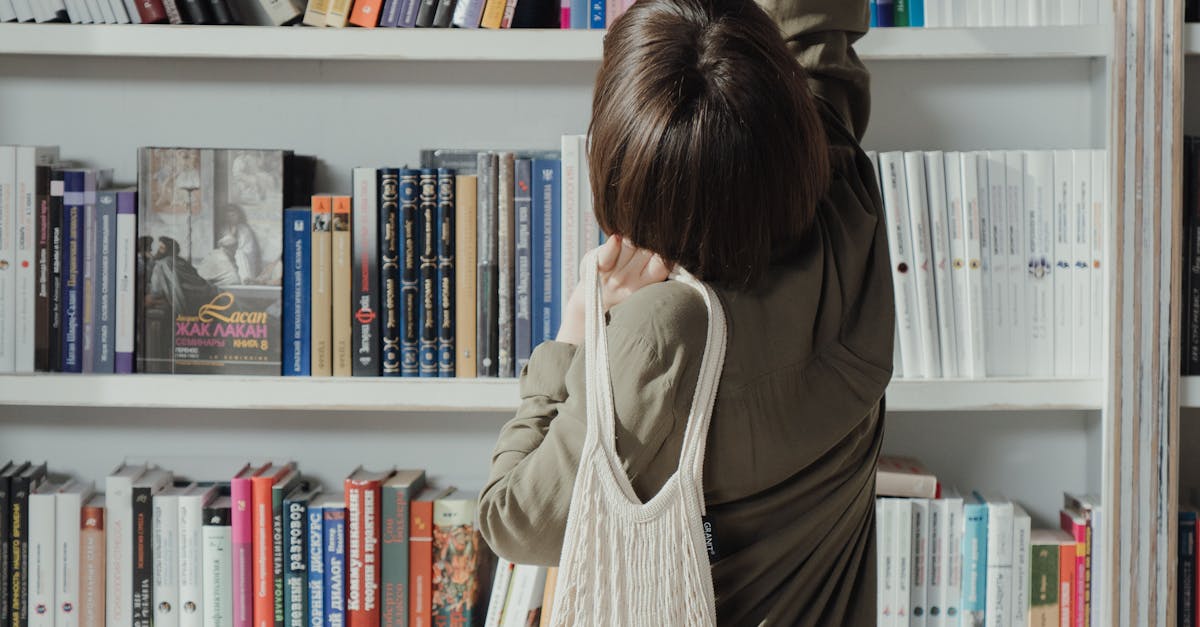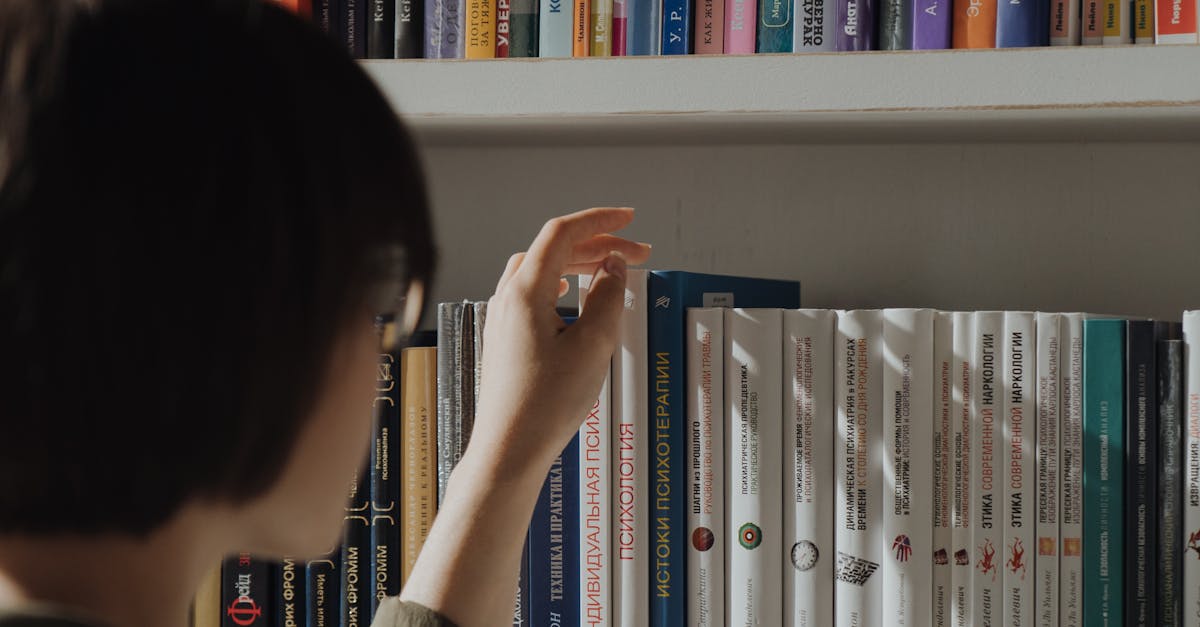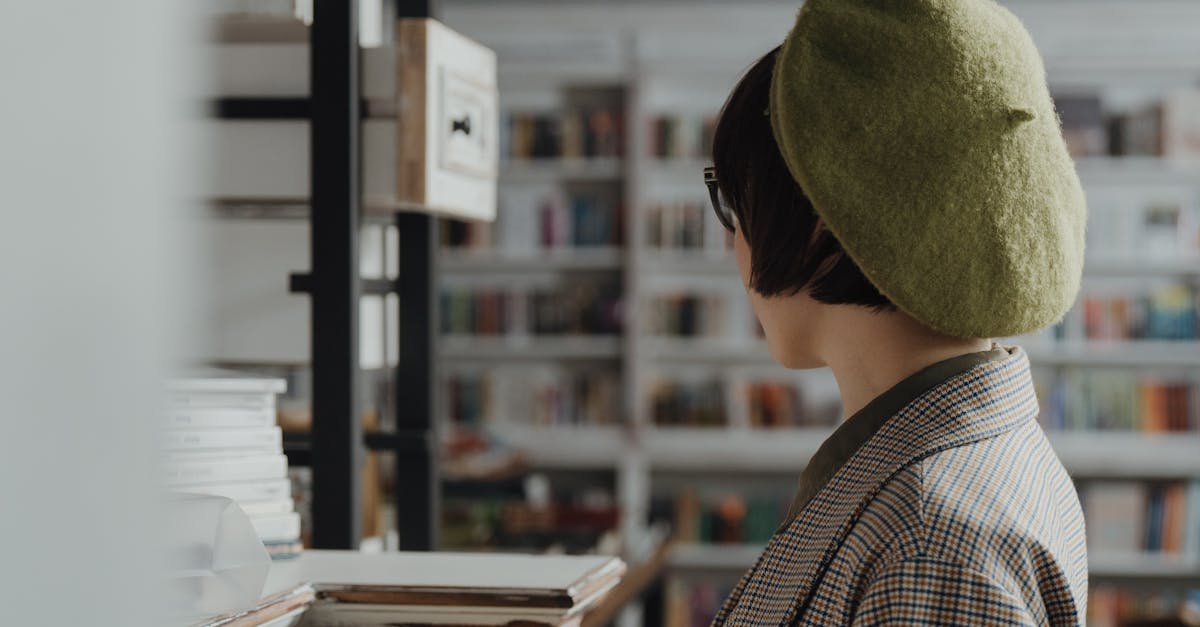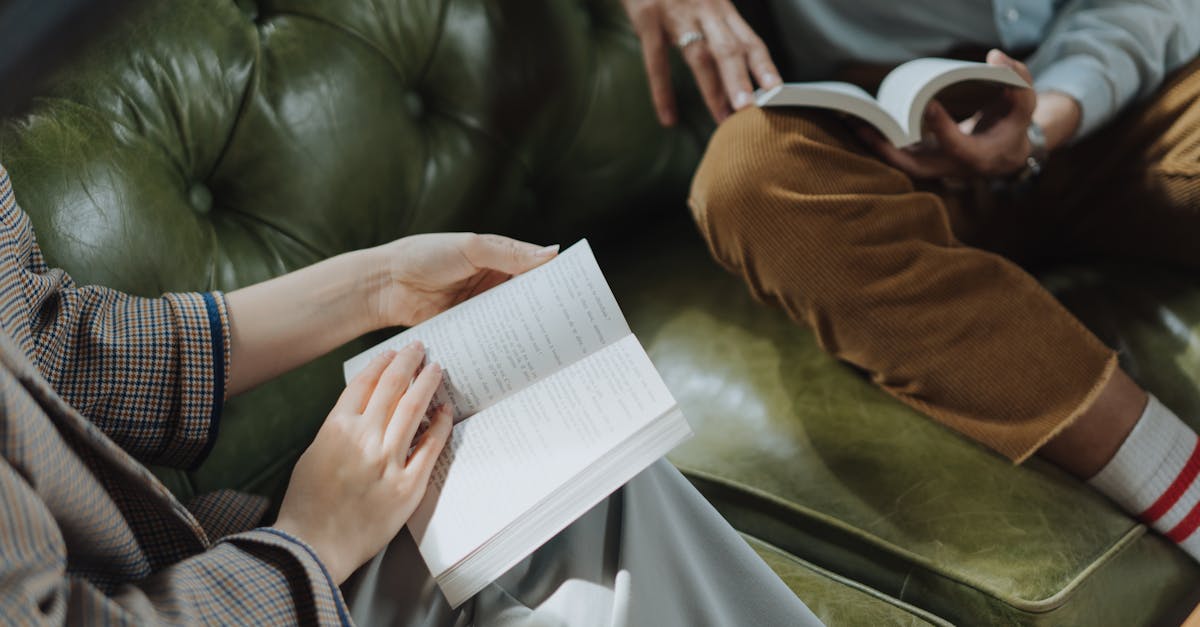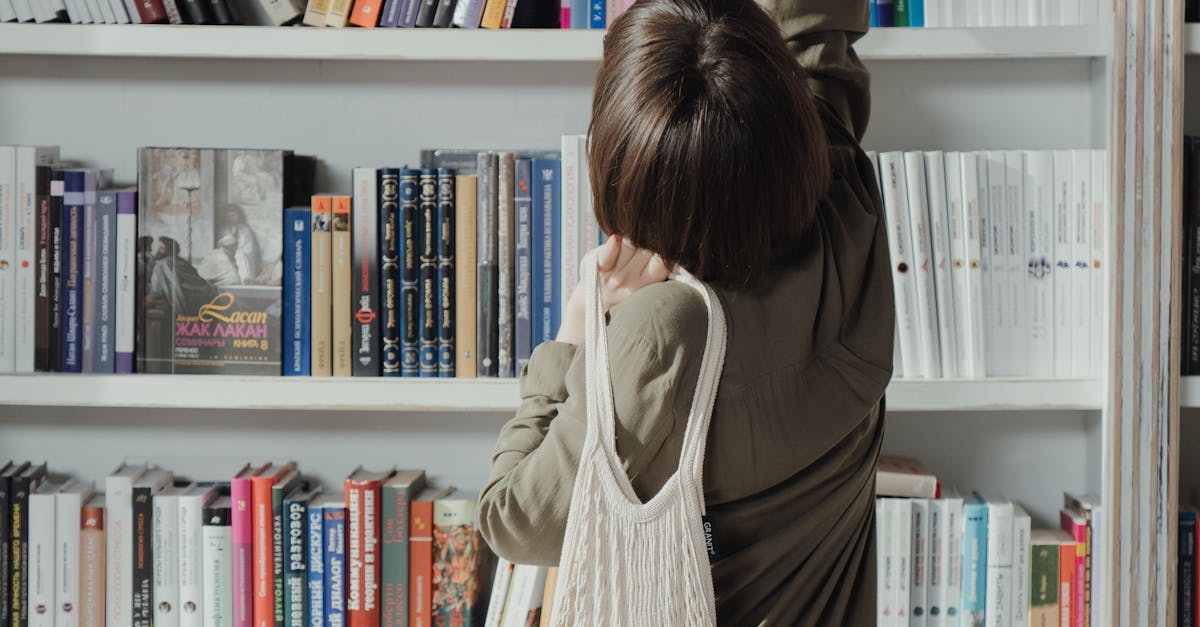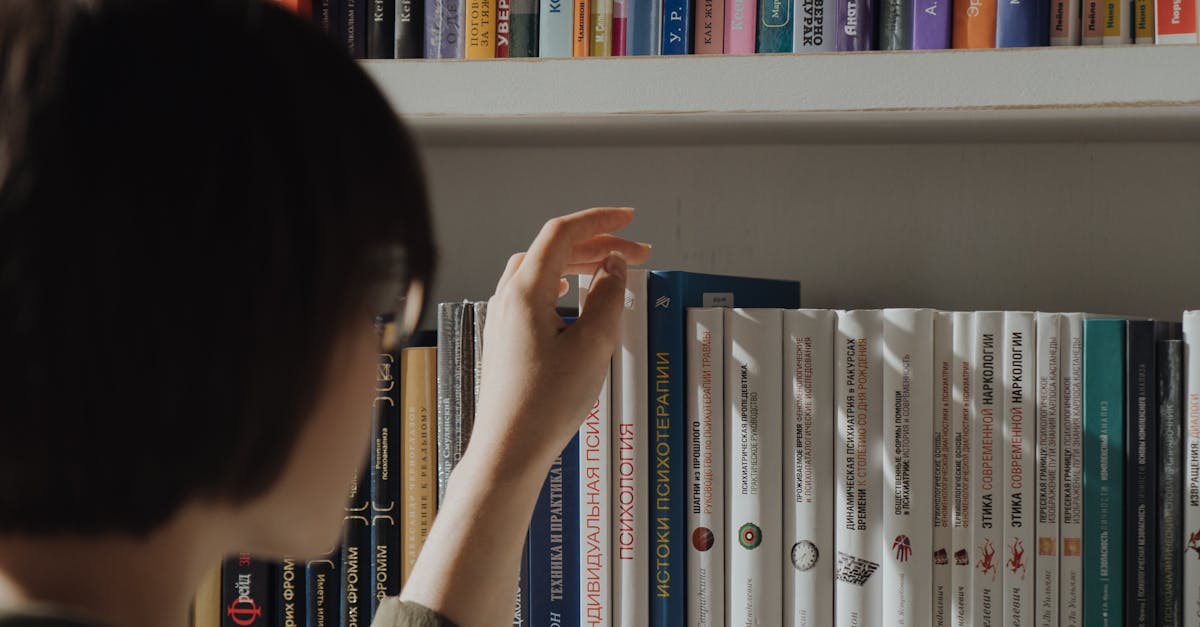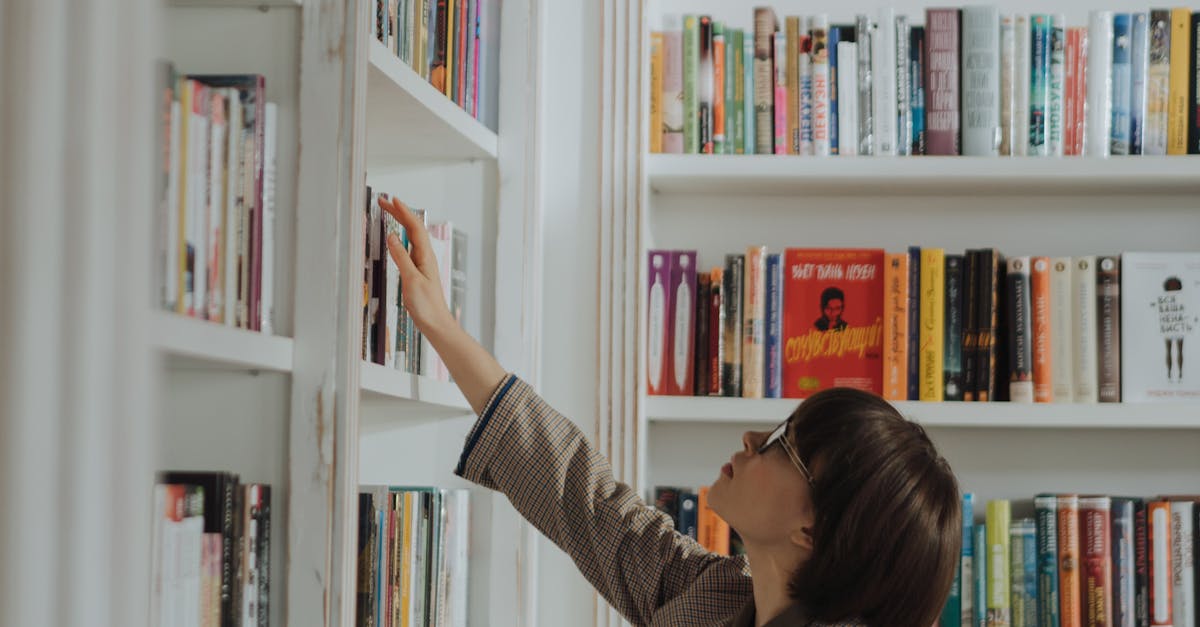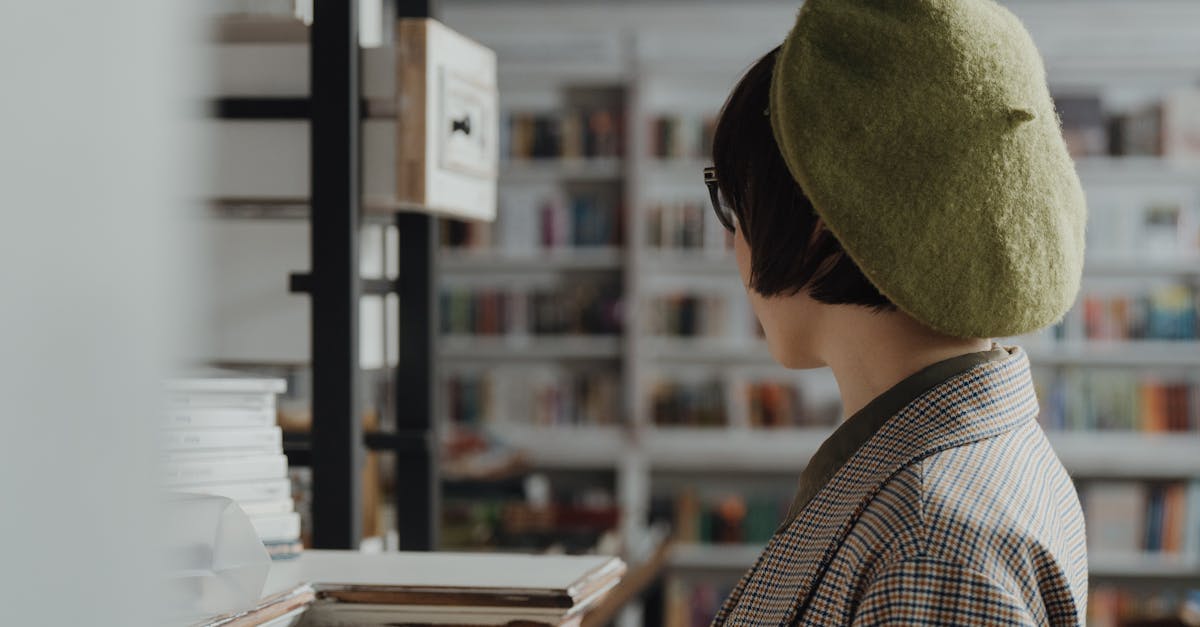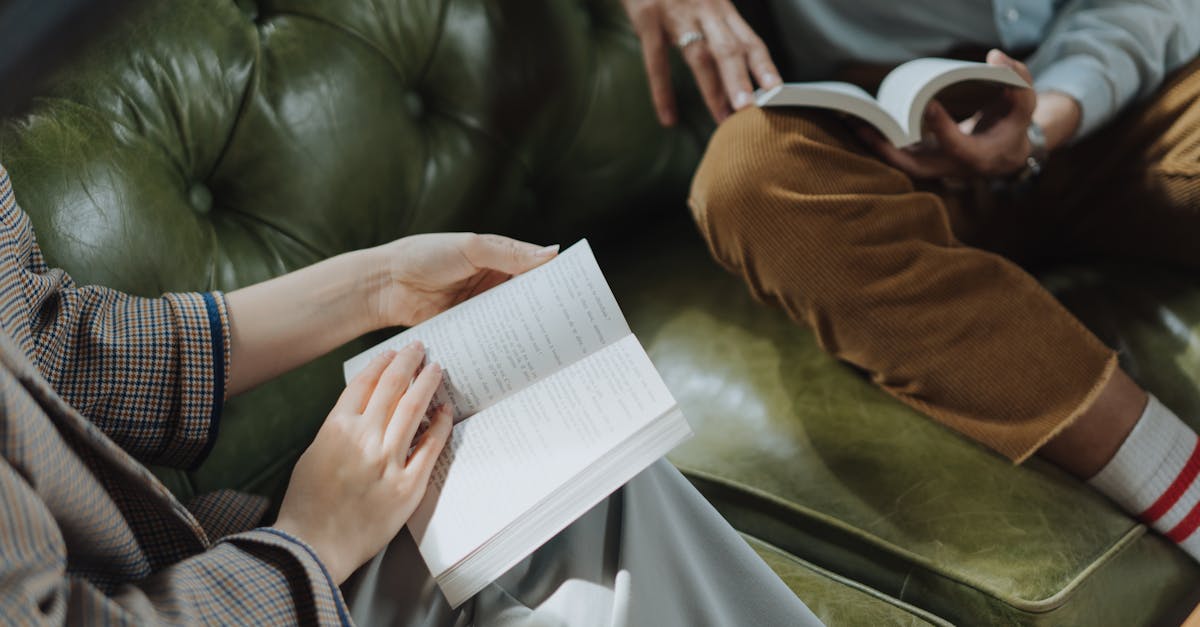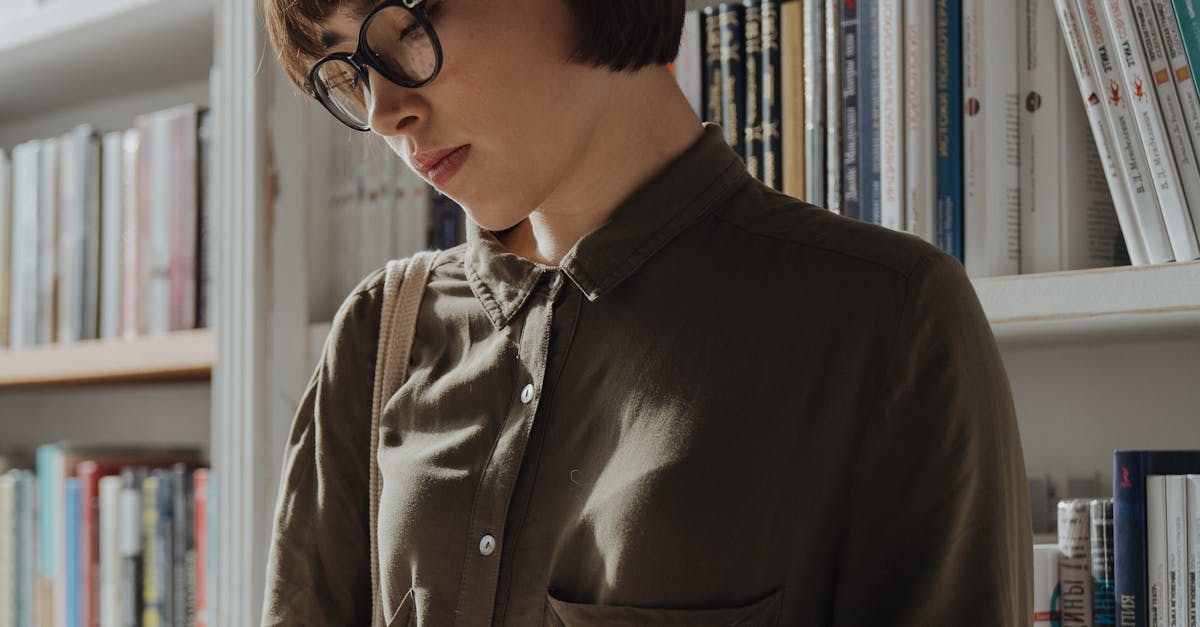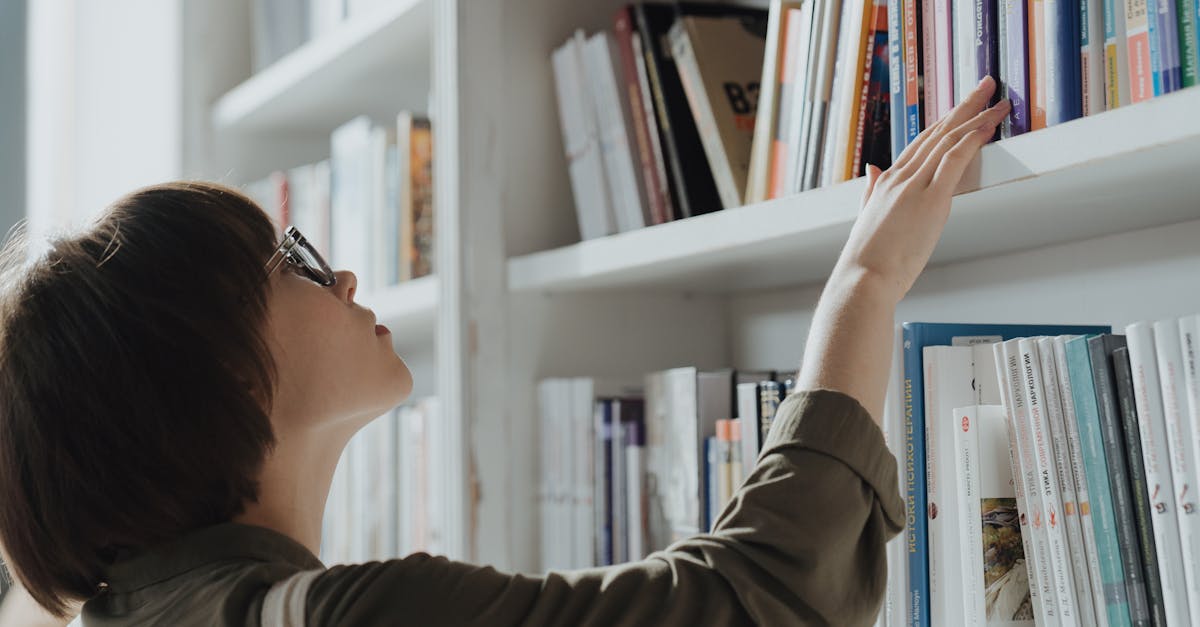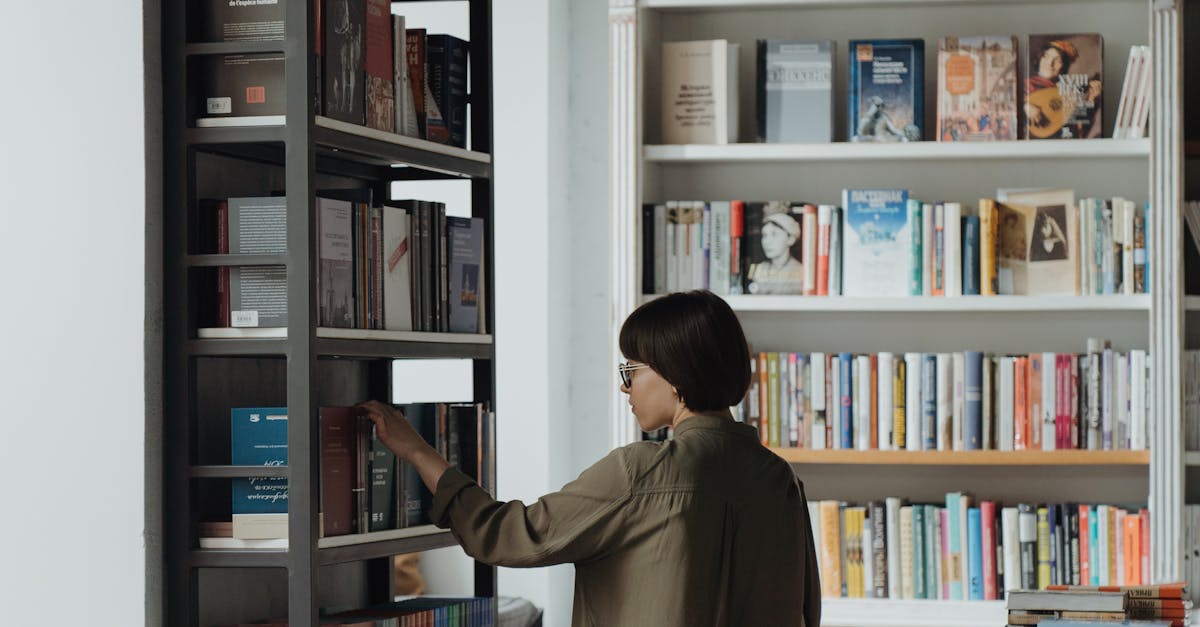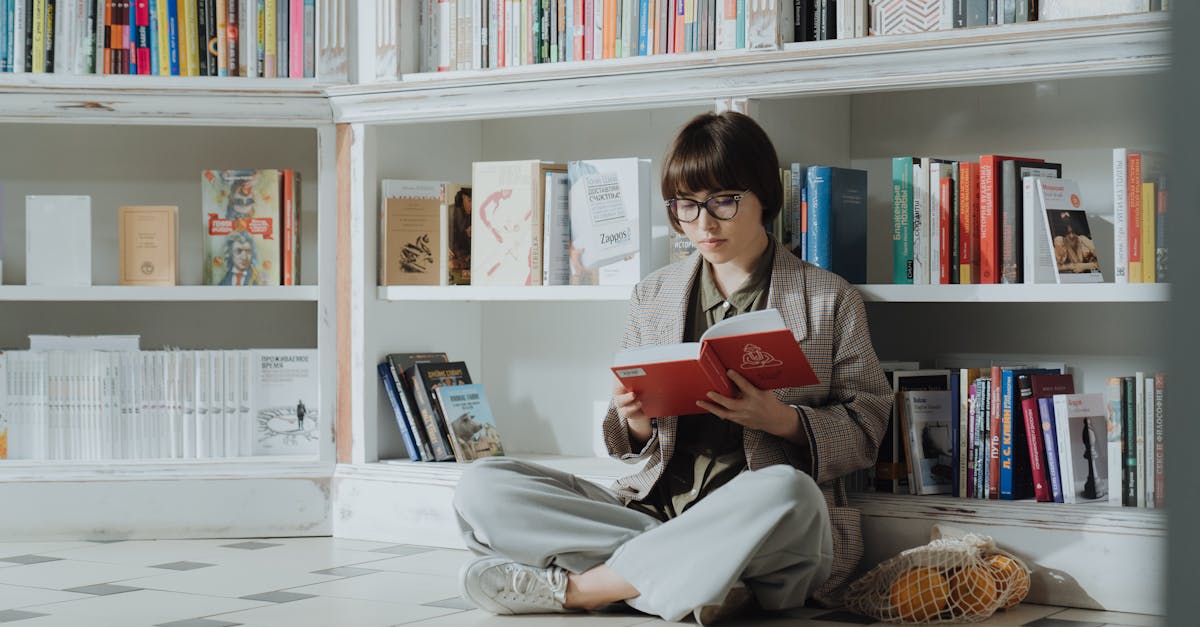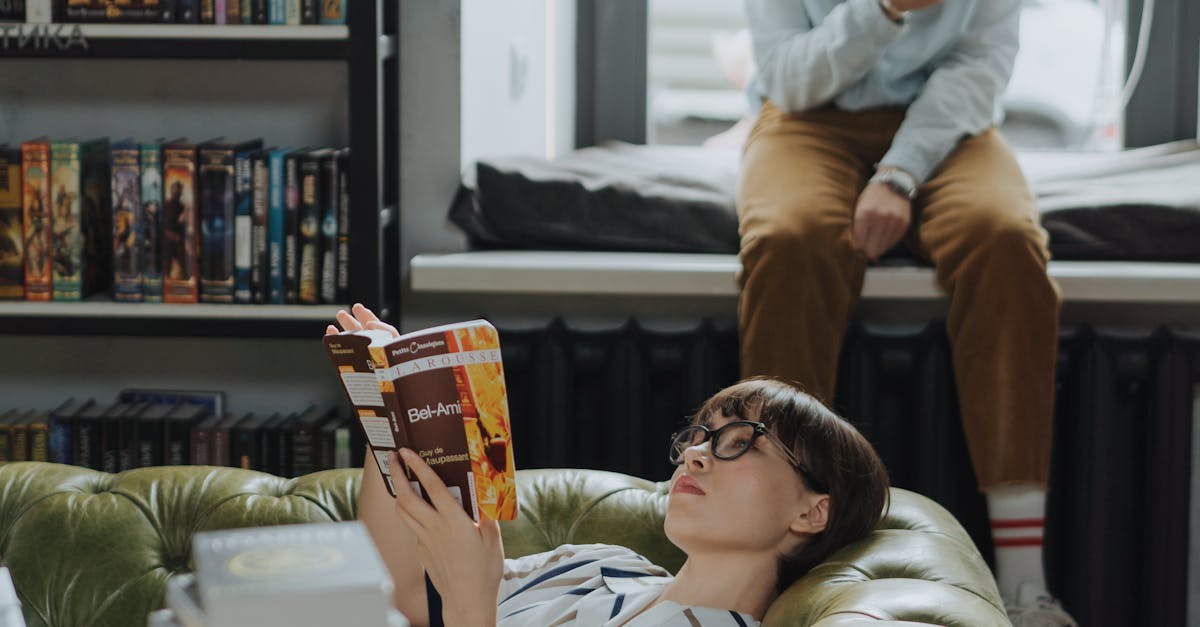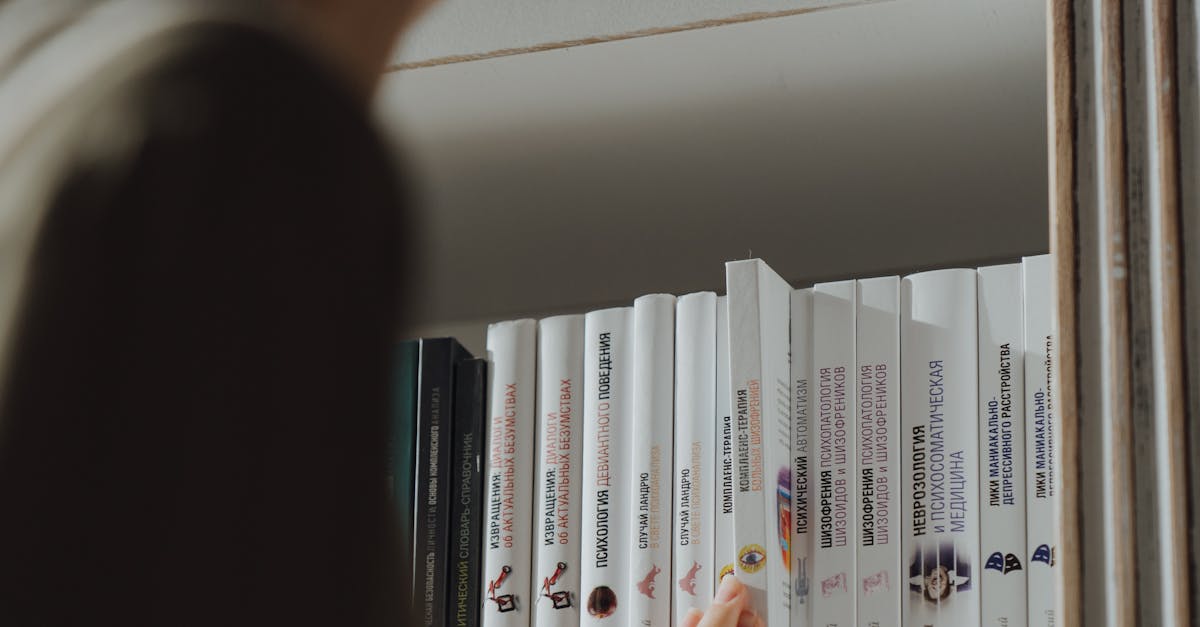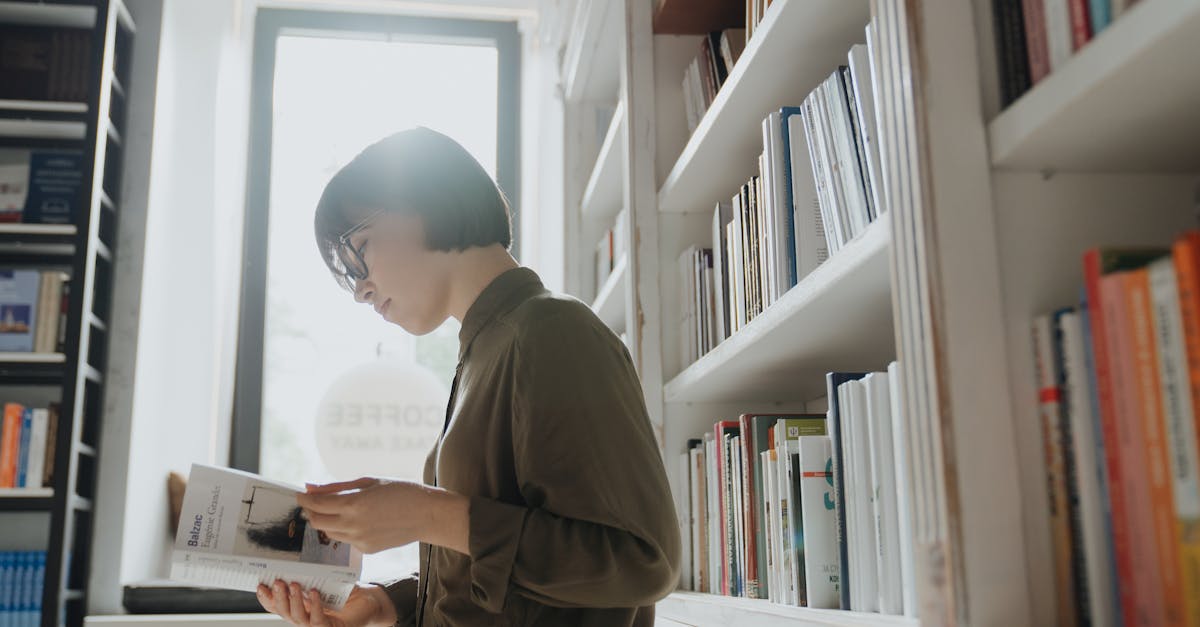
Table Of Contents
Mounting the Shelves on the Wall
When it comes to mounting your DIY floating shelves on the wall, precision is key. Before starting the installation process, ensure you have all the necessary tools handy, such as a drill, screws, and a stud finder for optimal support. Begin by marking the placement of each shelf on the wall using a pencil and a measuring tape. Double-check the measurements to guarantee accuracy before proceeding.
Custom Bookcases and Shelving in Parramatta, New South Wales suggests using a level to align the shelves correctly. Make sure each shelf is at the same height and ensure they are parallel to the floor for a professional finish. Once you have determined the correct placement, carefully drill pilot holes into the wall and then secure the shelves using the appropriate screws. Double-check the stability of each shelf before adding any décor or weight to prevent accidents in the future.
Using a Level to Ensure Proper Alignment
When installing floating shelves, one crucial step to ensure a professional finish is to use a level to guarantee proper alignment. This is particularly important to prevent the shelves from appearing uneven or slanted once mounted on the wall. By employing a level during the installation process, you can be certain that your shelves will be perfectly horizontal, adding to the aesthetic appeal of your space.
For those residing in Parramatta, New South Wales, an area known for its skilled carpenters and home improvement enthusiasts, incorporating a level into your DIY projects is a common practice. Custom Bookcases and Shelving in Parramatta, New South Wales, often rely on this tool to ensure that each shelf is securely fastened and impeccably aligned. Whether you are a seasoned DIY fanatic or a novice looking to enhance your living area, using a level is a fundamental technique that can elevate the overall look and functionality of your space.
Decorating the Shelves
When it comes to decorating your floating shelves, the possibilities are endless. Consider incorporating a mix of both functional items and decorative pieces to create a visually appealing display. Custom Bookcases and Shelving in Parramatta, New South Wales, suggests arranging a combination of books, plants, artwork, and personal mementos to add character and personality to your shelves. By varying the heights and textures of the items you place on the shelves, you can create visual interest and make the display more dynamic.
To achieve a cohesive look, try to balance out the items on each shelf by distributing them evenly. Avoid overcrowding the shelves, as this can make the space look cluttered and overwhelming. Instead, aim for a balanced arrangement that allows each item to stand out while still contributing to the overall aesthetic of the display. Custom Bookcases and Shelving in Parramatta, New South Wales, recommends experimenting with different layouts and adjusting the placement of items until you achieve a look that is both visually appealing and functional.
Styling and Organizing Your Shelves
When it comes to styling and organizing your newly installed floating shelves, the possibilities are endless. Custom Bookcases and Shelving in Berowra Heights, New South Wales offer a range of options for creating a personalized and functional display. Start by grouping similar items together to create a cohesive look. This can be achieved by arranging books, decor pieces, or plants in clusters to establish visual balance on the shelves.
Consider incorporating decorative storage solutions such as baskets or bins to keep smaller items organized and visually appealing. Utilizing storage containers not only adds a touch of style but also helps maintain a clutter-free appearance. Remember to leave some open space on the shelves to prevent overcrowding and allow for a more airy and open feel. By following these tips, you can transform your floating shelves into a stylish and organized focal point in any room of your home.
Tips for Maintaining Your Floating Shelves
To keep your DIY floating shelves looking impeccable, regular maintenance is key. Dusting the shelves weekly with a microfiber cloth will help prevent dirt and grime buildup. For deeper cleaning, use a mixture of mild soap and water applied with a soft cloth, followed by thorough drying to avoid water damage. Remember that moisture can be detrimental to the integrity of the shelves, so always exercise caution when cleaning. Custom Bookcases and Shelving in Berowra Heights, New South Wales can provide tailored solutions for your shelving needs to maintain their pristine condition for years to come.
In addition to cleaning, periodic inspections can help identify any issues early on. Check the mounting brackets for any signs of loosening or damage and tighten them as needed. If you notice any warping or deterioration in the shelves themselves, it might be time for replacements. By staying proactive and addressing maintenance tasks promptly, you can prolong the lifespan of your floating shelves and keep them both functional and visually appealing. Custom Bookcases and Shelving in Berowra Heights, New South Wales can offer expert advice on maintaining the beauty and functionality of your shelves.
Cleaning and Dusting Regularly
To maintain the pristine look of your DIY floating shelves, regular cleaning and dusting are essential. Dust can quickly accumulate on the surfaces of the shelves, diminishing their visual appeal. Using a microfiber cloth, gently wipe down the shelves to remove any dust particles. For stubborn spots or dirt buildup, a mild cleaning solution diluted in water can be used. Be sure to dry the shelves thoroughly after cleaning to prevent any damage from moisture.
Custom Bookcases and Shelving in Willoughby East, New South Wales advises incorporating shelf cleaning into your regular household chores to keep your floating shelves looking their best. By staying on top of dusting and cleaning, you can prevent dirt from settling and maintain the aesthetic of your shelves for longer periods. Additionally, consider using shelf liners or coasters for items placed on the shelves to minimize the need for frequent cleaning.
FAQS
Can I install floating shelves on any type of wall?
Floating shelves can be installed on various types of walls, including drywall, plaster, and concrete. It's important to use the appropriate wall anchors and hardware based on the wall material.
How much weight can floating shelves typically hold?
The weight capacity of floating shelves can vary depending on the material and installation method. Generally, well-installed floating shelves can hold 20-30 pounds per linear foot. It's advisable to check the manufacturer's guidelines for specific weight limits.
Do floating shelves require special maintenance?
Floating shelves are relatively low maintenance. Regularly dusting and cleaning the shelves with a damp cloth can help maintain their appearance. Avoid placing excessively heavy items on the shelves to prevent damage.
Can I customize the look of my floating shelves?
Yes, floating shelves offer versatility in terms of decoration and styling. You can paint or stain the shelves to match your decor, add decorative brackets, or incorporate plants and other decorative items to personalize the shelves.
Are there any safety considerations when installing floating shelves?
When installing floating shelves, ensure they are securely anchored to the wall studs or using appropriate hardware. Avoid overloading the shelves with heavy items and periodically check the integrity of the installation to prevent accidents.

